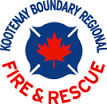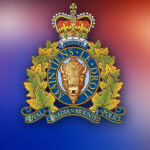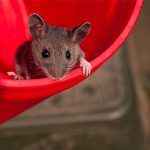Have you seen the signs?
By Central Kootenay Invasive Plant Committee
You may have noticed an “Invasive Plant” sign as you were driving down the highway.
Installed temporarily by the Central Kootenay Invasive Plant Committee (CKIPC) these signs provide the opportunity for residents to learn about invasive plants.
“CKIPC initiated this sign project in 2006 as a way to indicate local invasive plant species to residents,” said Crystal Klym, program manager for CKIPC.
Many of the beautiful roadside plants we see on a daily basis are in fact, aggressive non-native plant species like Scotch broom, knotweeds, yellow flag-iris, policeman’s helmet and orange hawkweed.
Introduced to Canada, either accidentally on intentionally, these species have no natural predators and can easily spread to form dense monocultures. They can degrade wildlife habitat, choke out native plants, reduce crop quality and yield, increase soil erosion, and reduce biodiversity.
“Often these plant species are so abundant in our region that we think they must be native,” said Klym. “Some of them are also very beautiful garden species but they are extremely detrimental.”
These “Invasive Plant” signs are placed temporarily on road edges near flowering or visible invasive plant species throughout the growing season. The CKIPC hopes that these signs provide residents with the opportunity to identify some of the species that are invasive in our area.
“Identifying invasive plants is the first step in preventing the introduction and spread of these species,” said Klym. “Once a plant is identified as invasive, efforts can be made to avoid planting or sharing it, reporting isolated sites to CKIPC, or controlling infestations.”
- For more information on invasive plant identification and management please visit www.kootenayweeds.com or contact the Central Kootenay Invasive Plant Committee at (250) 352-1160 or coordinator@kootenayweeds.com.

























Comments